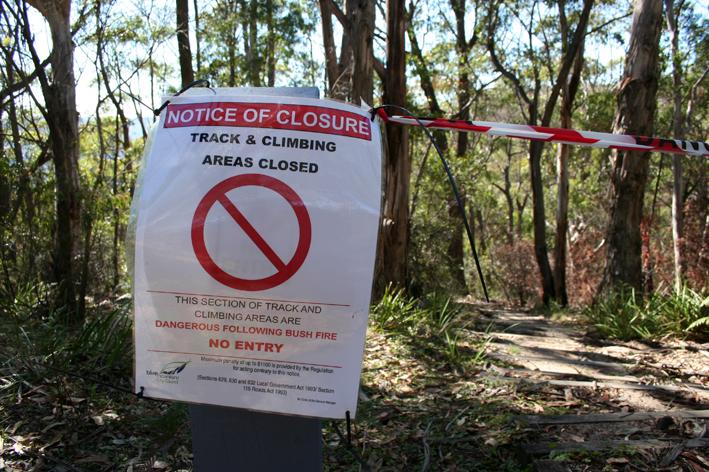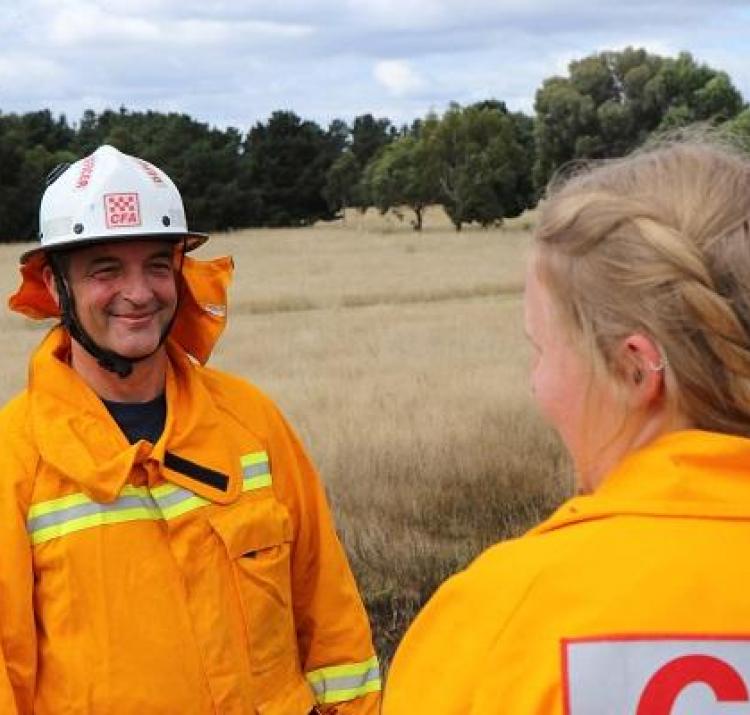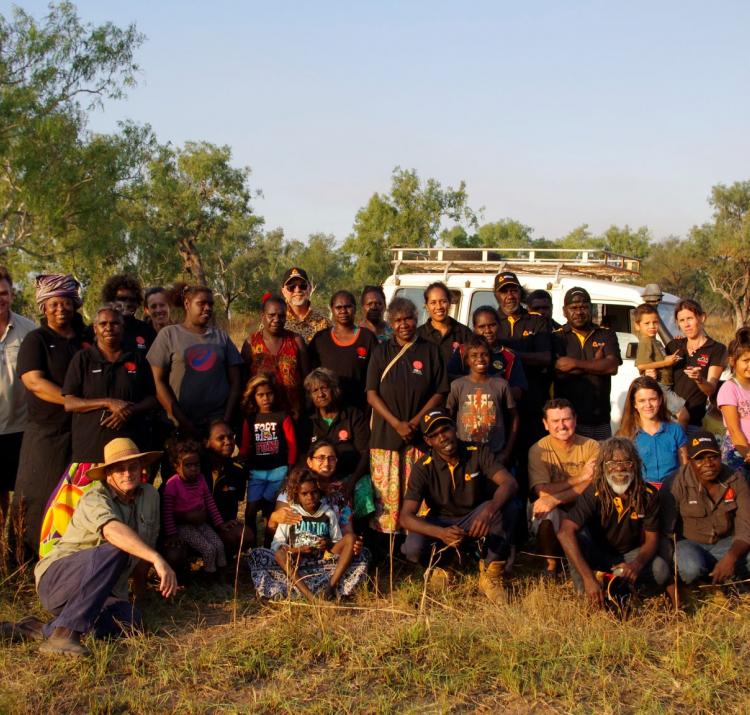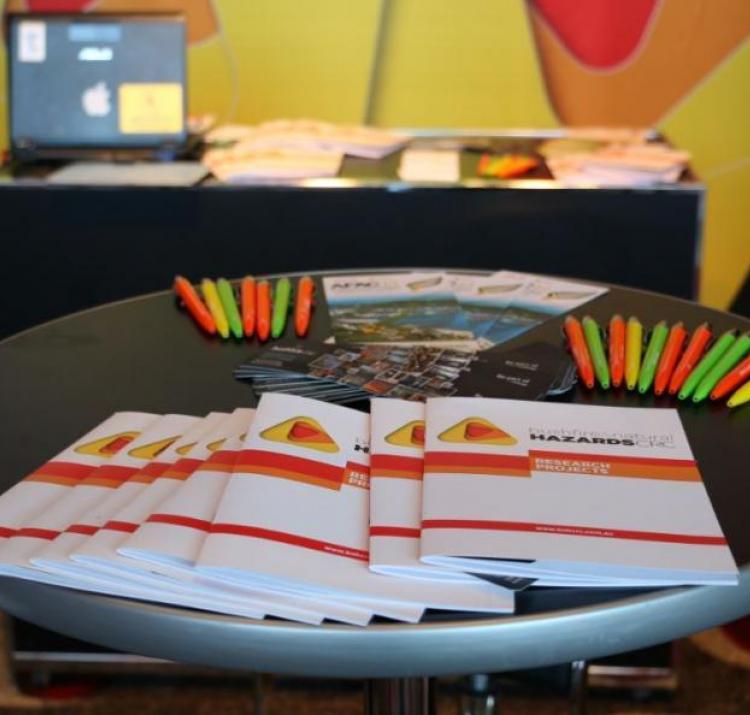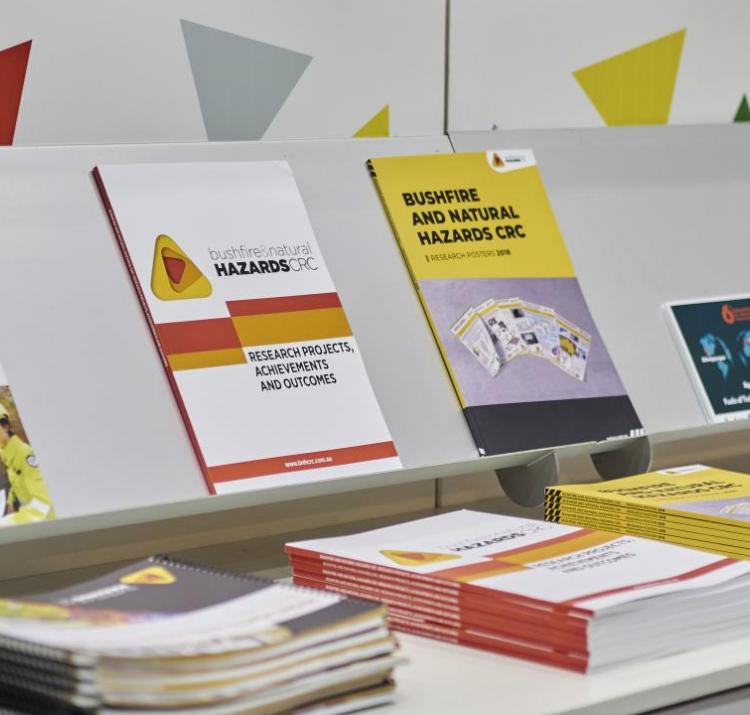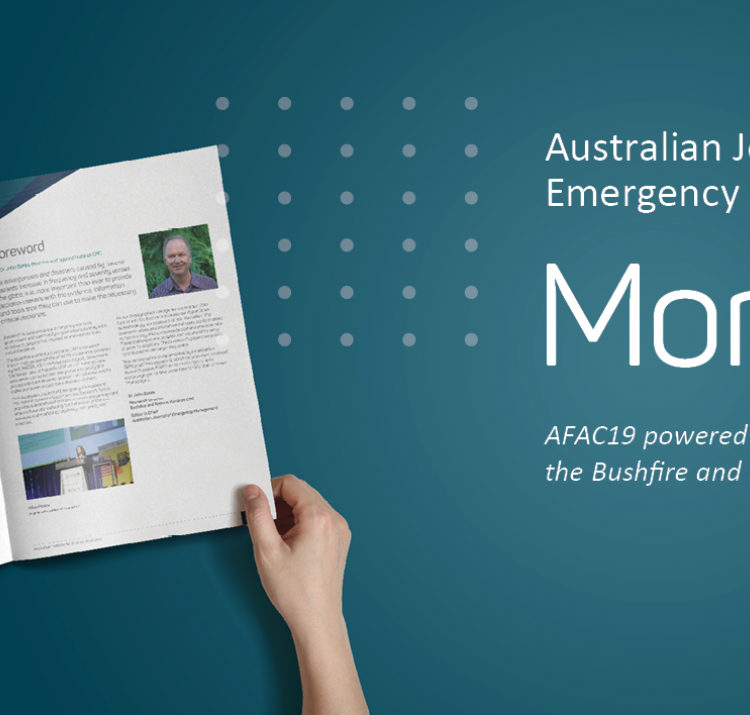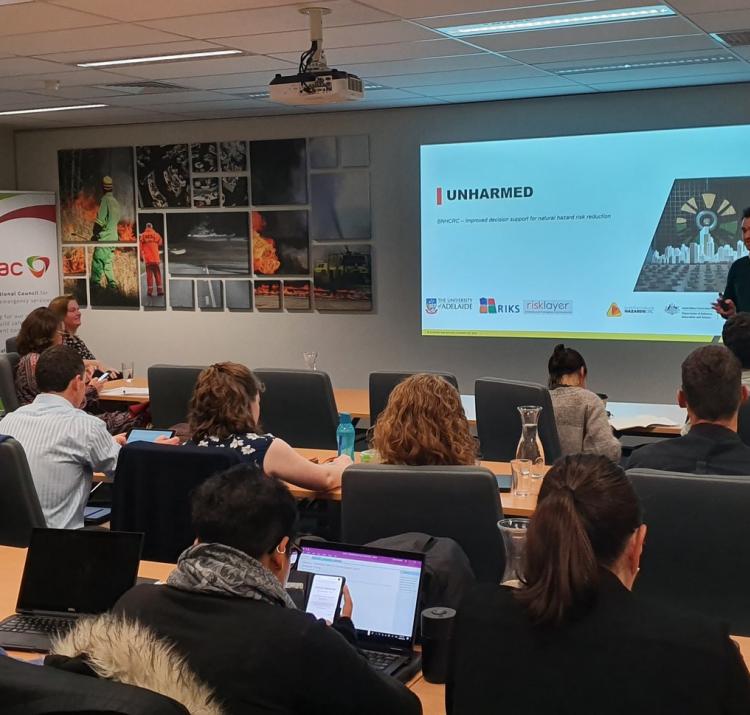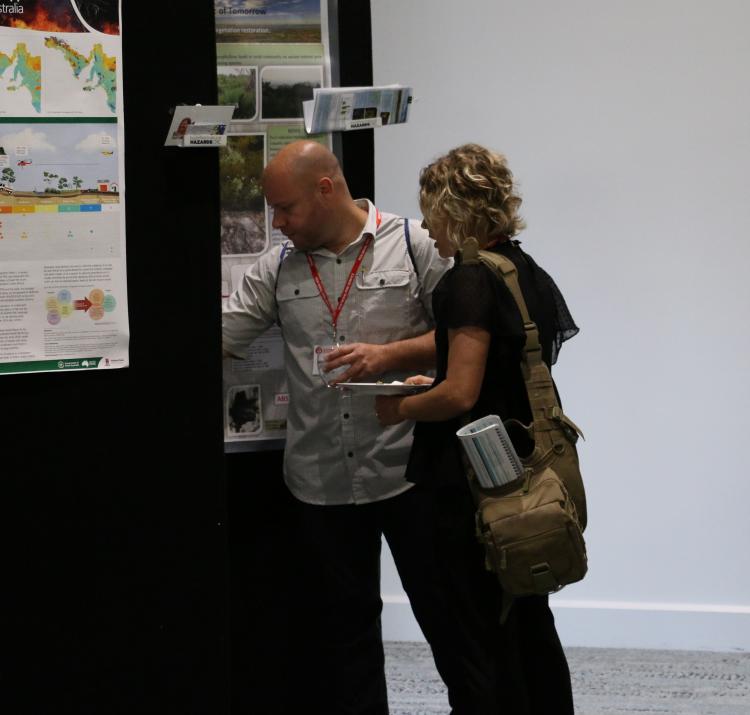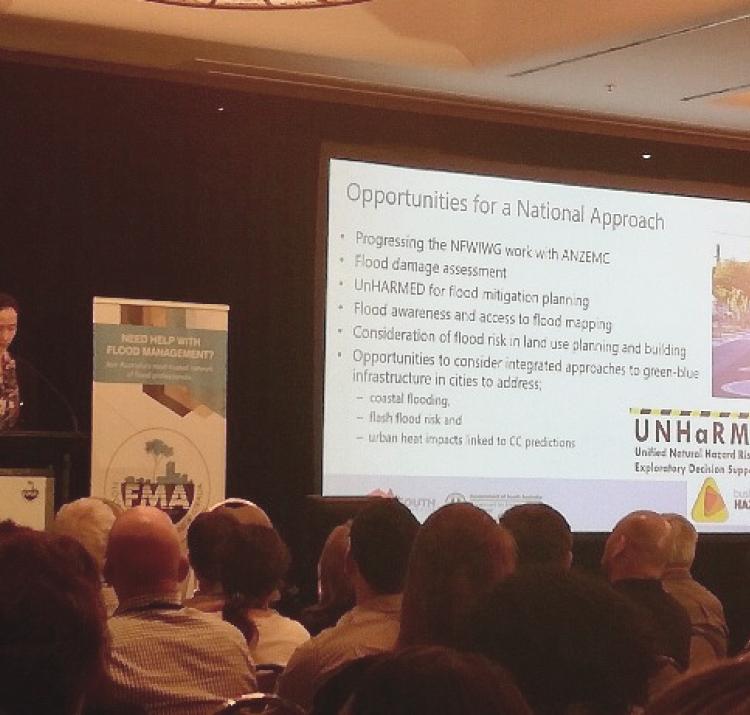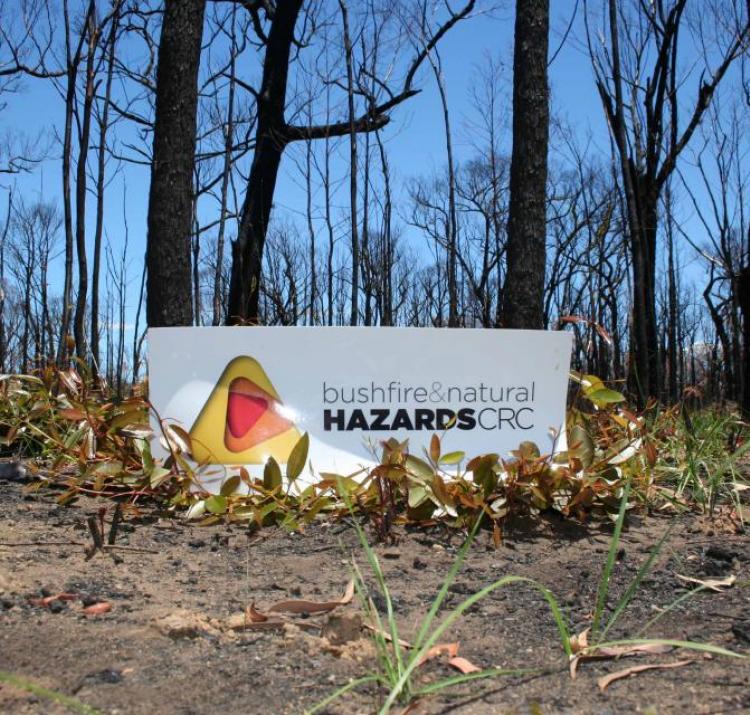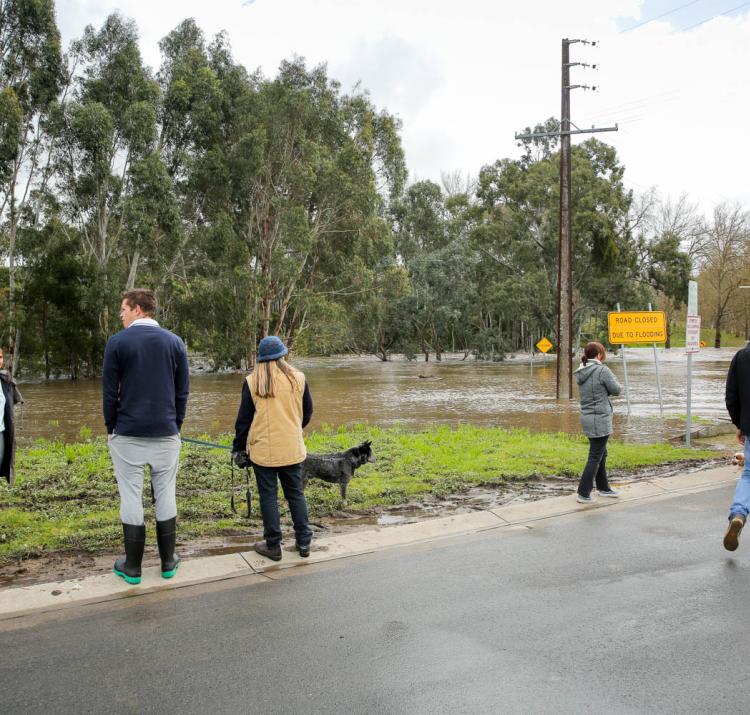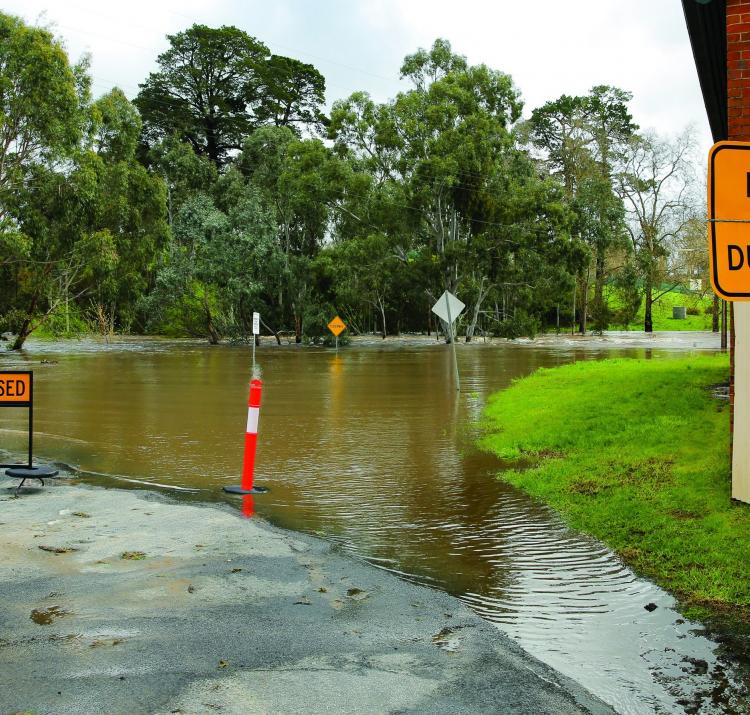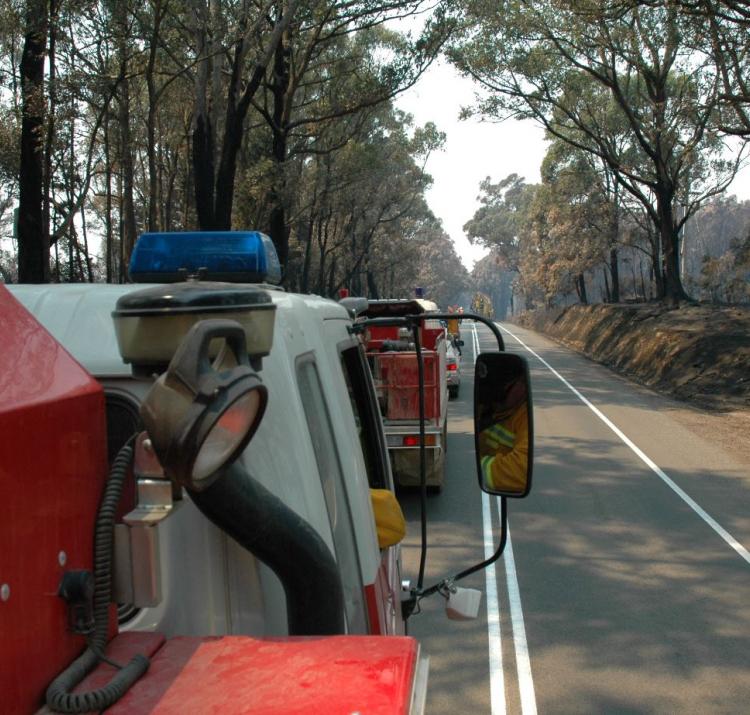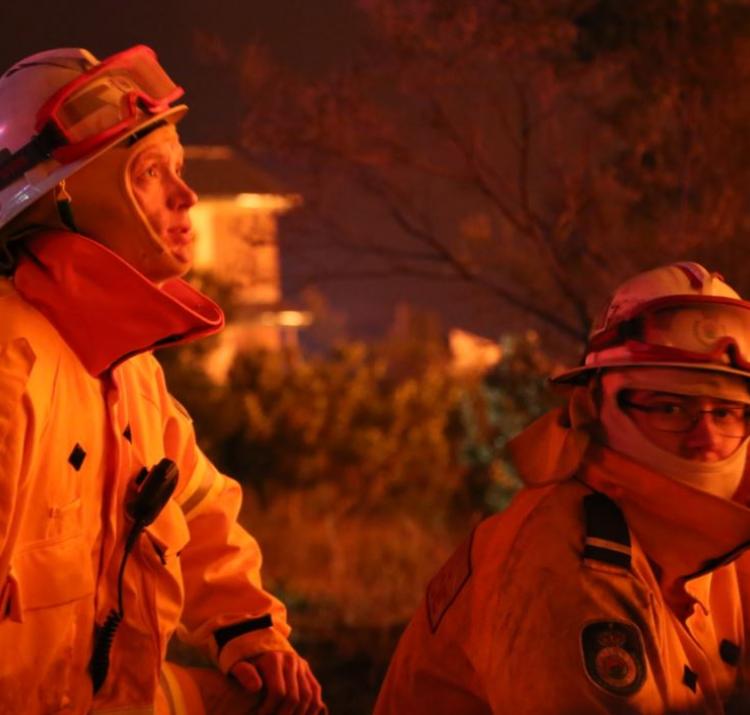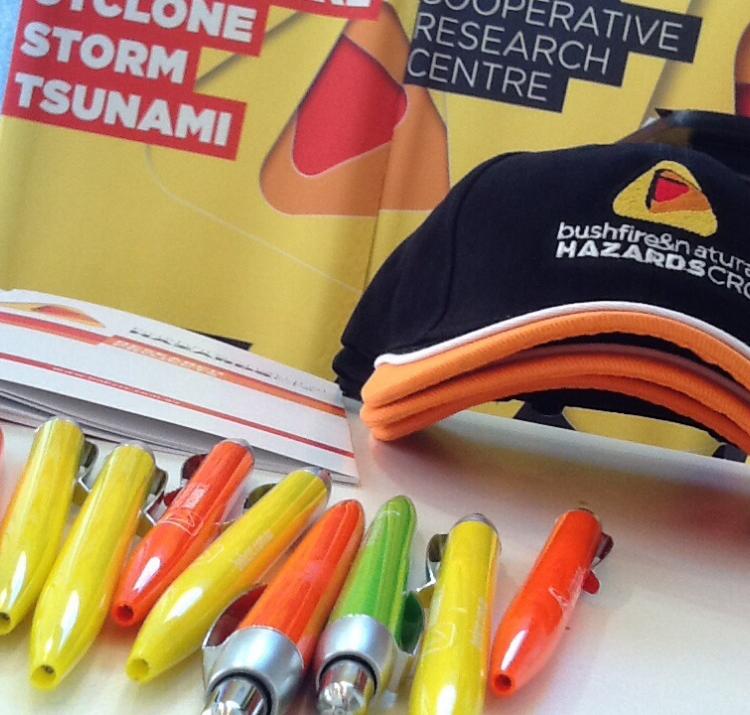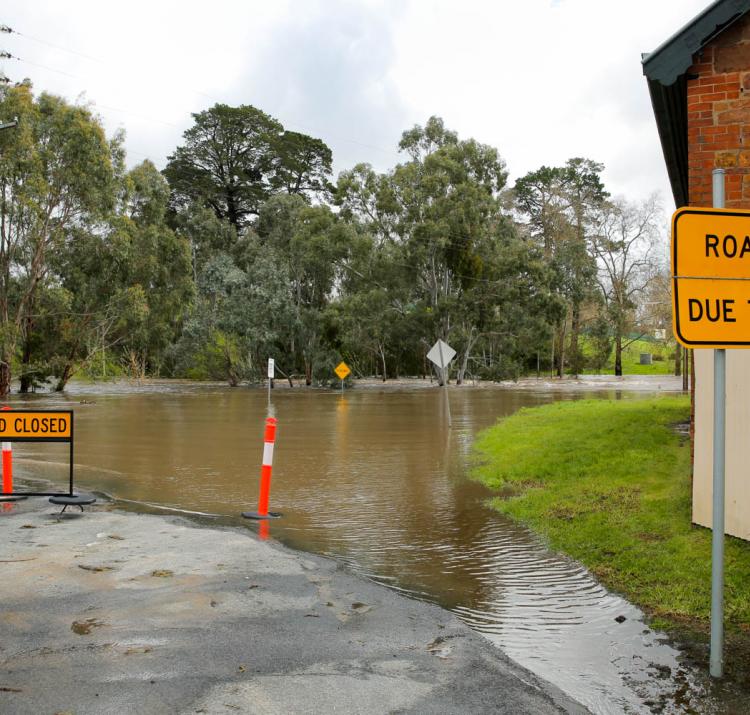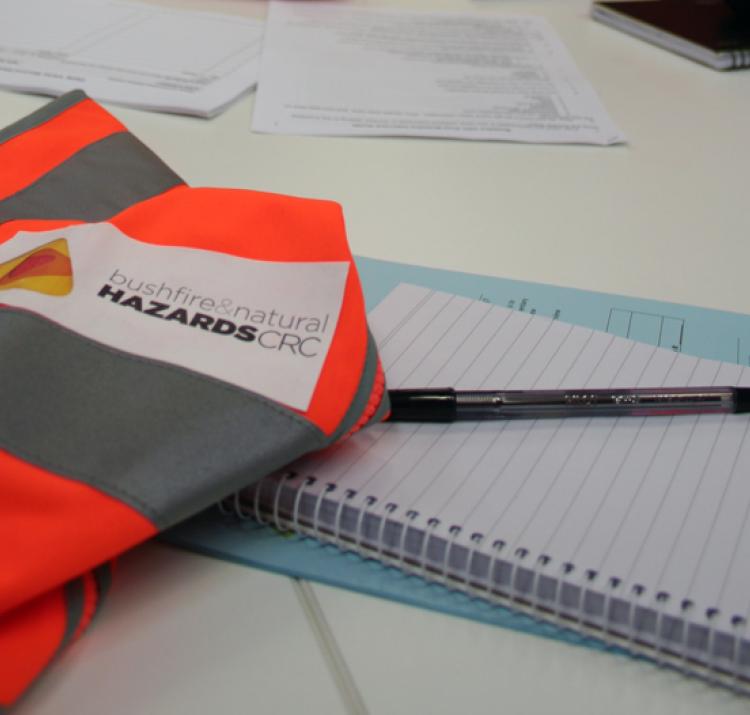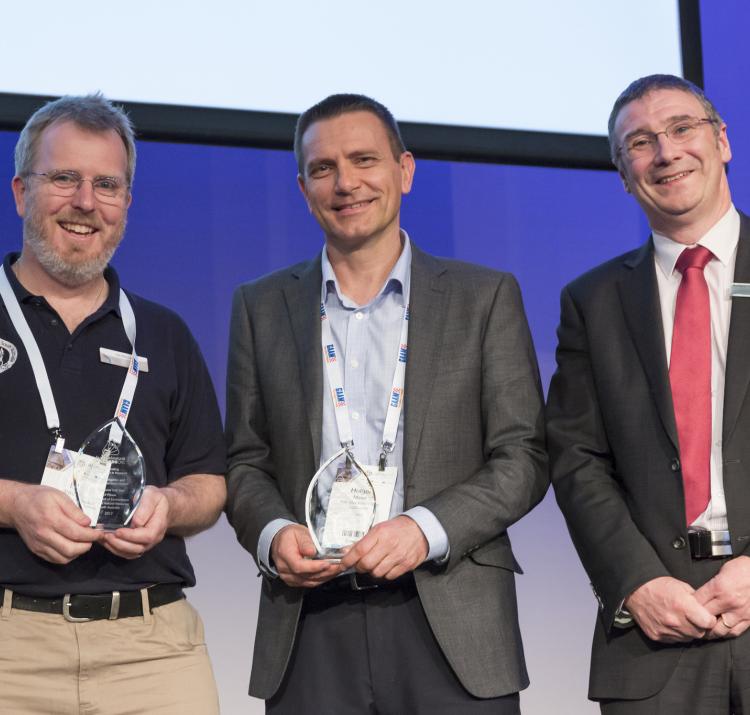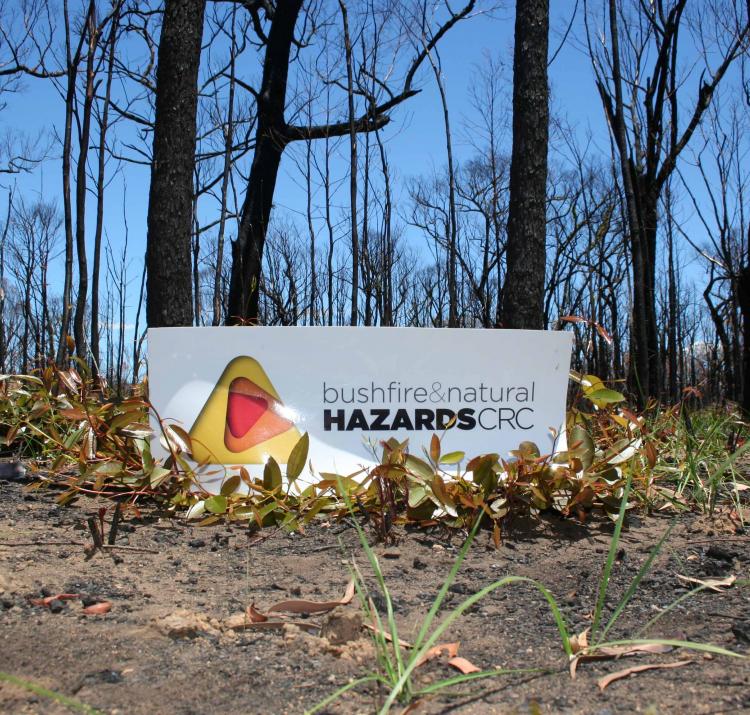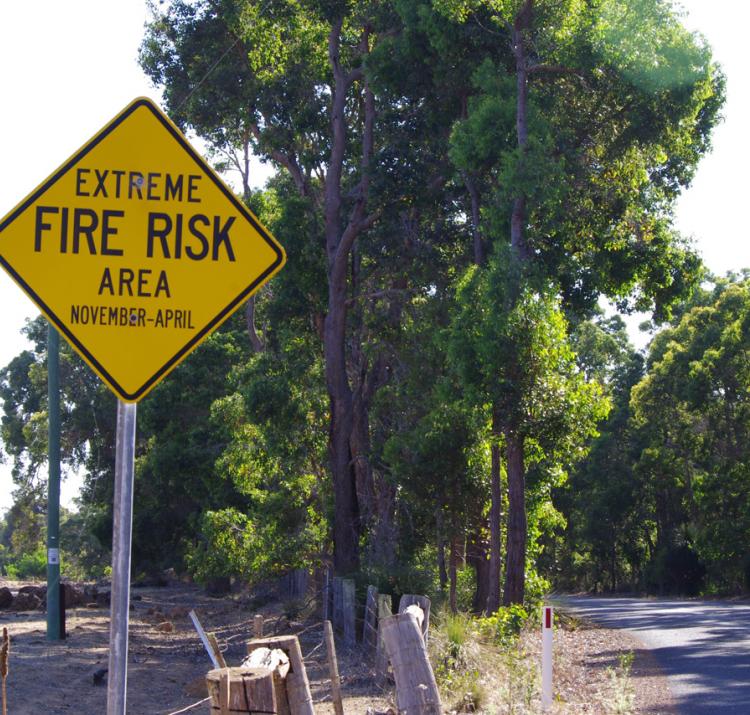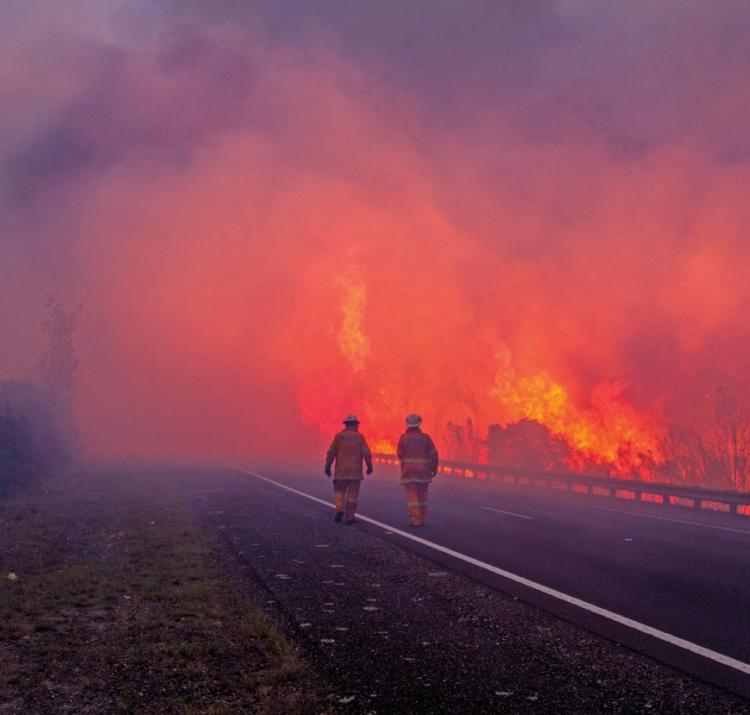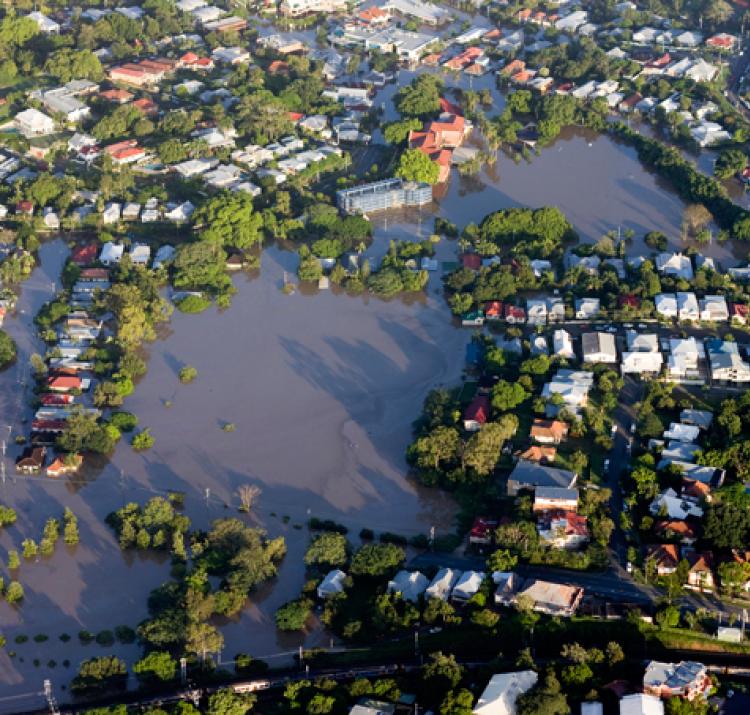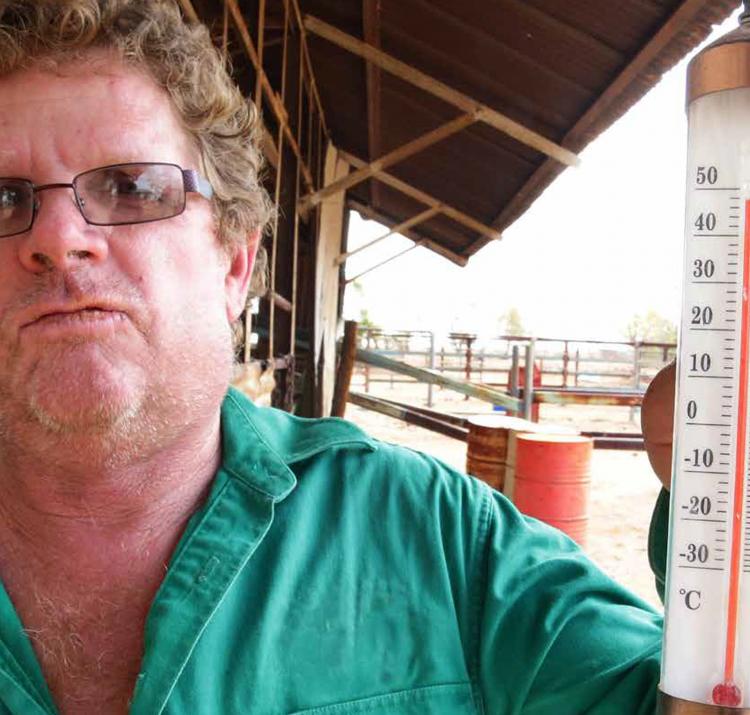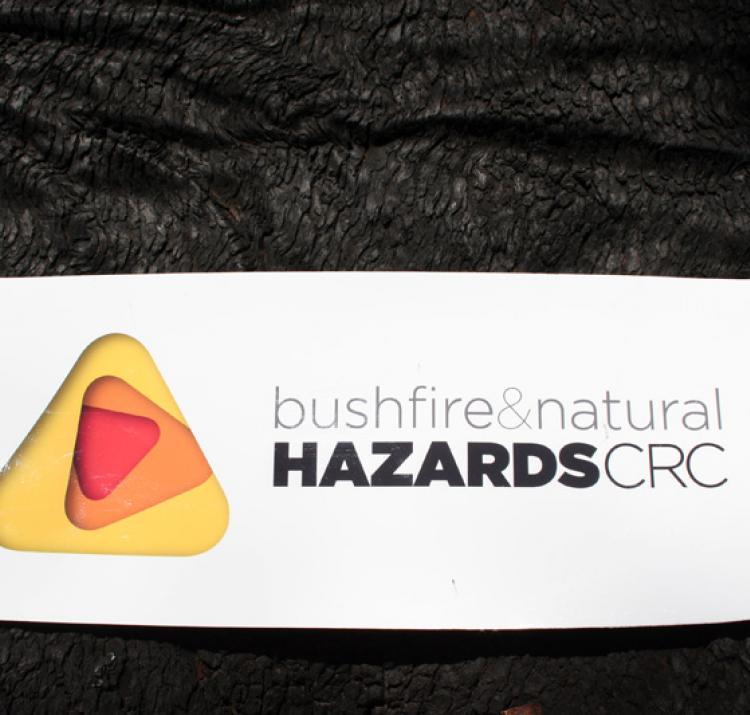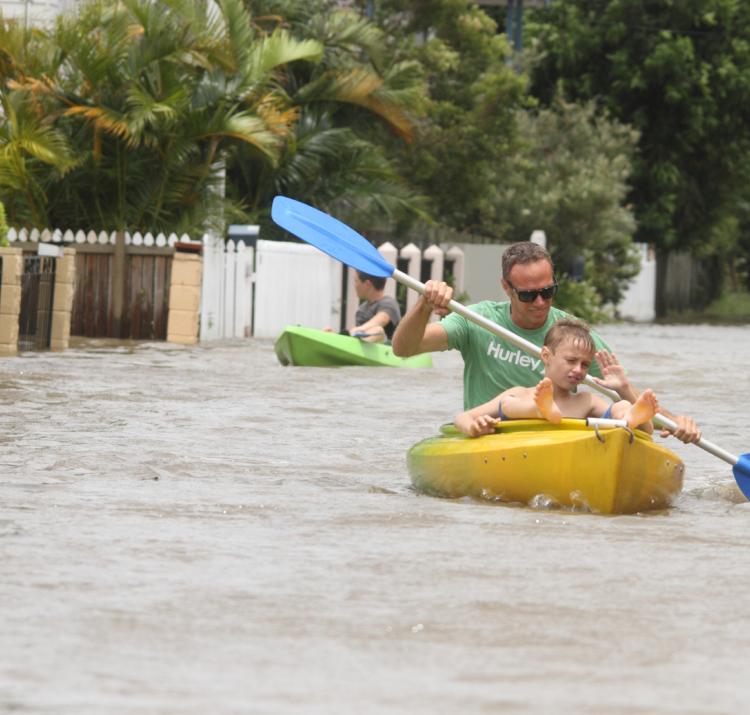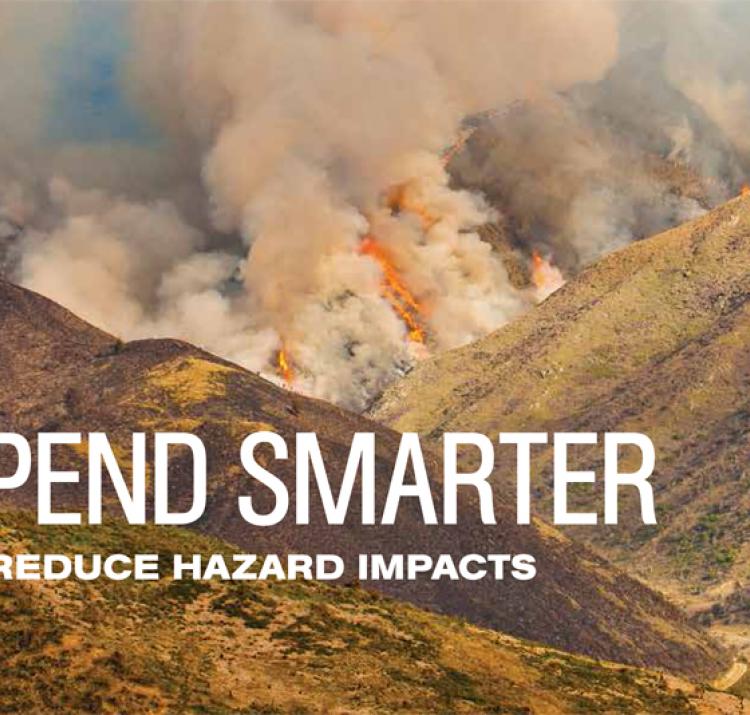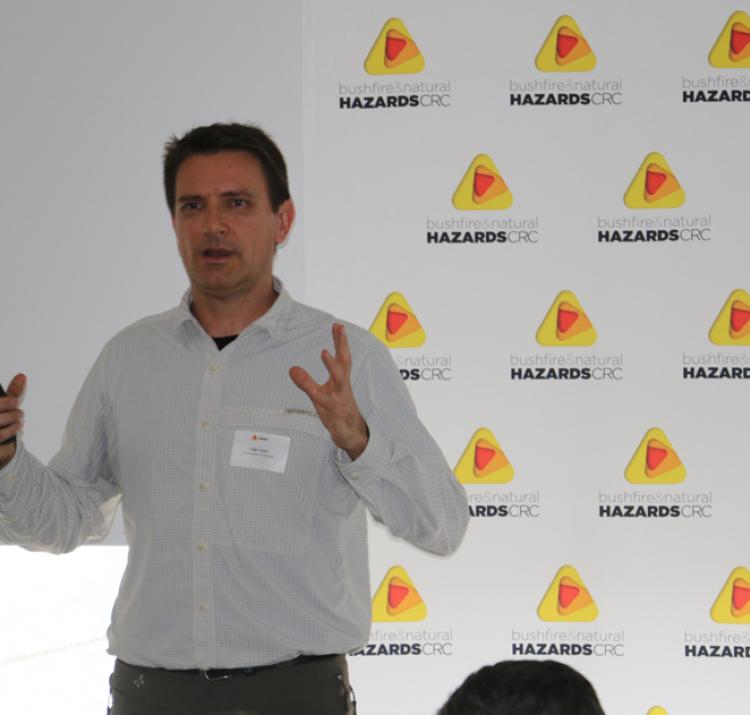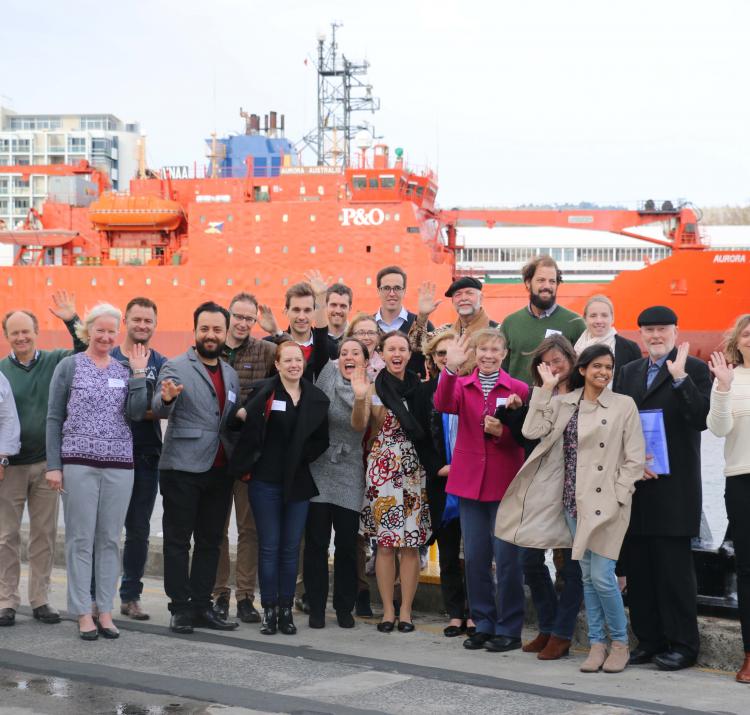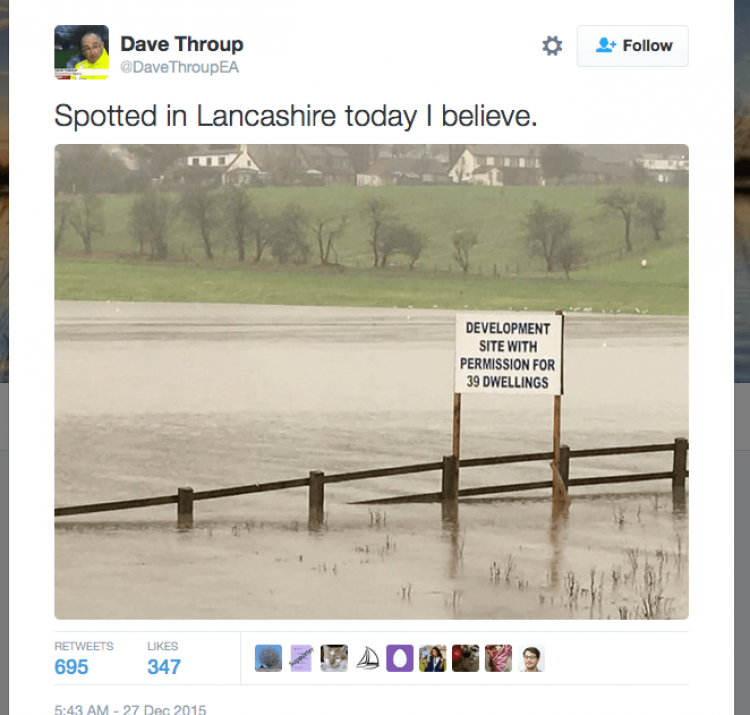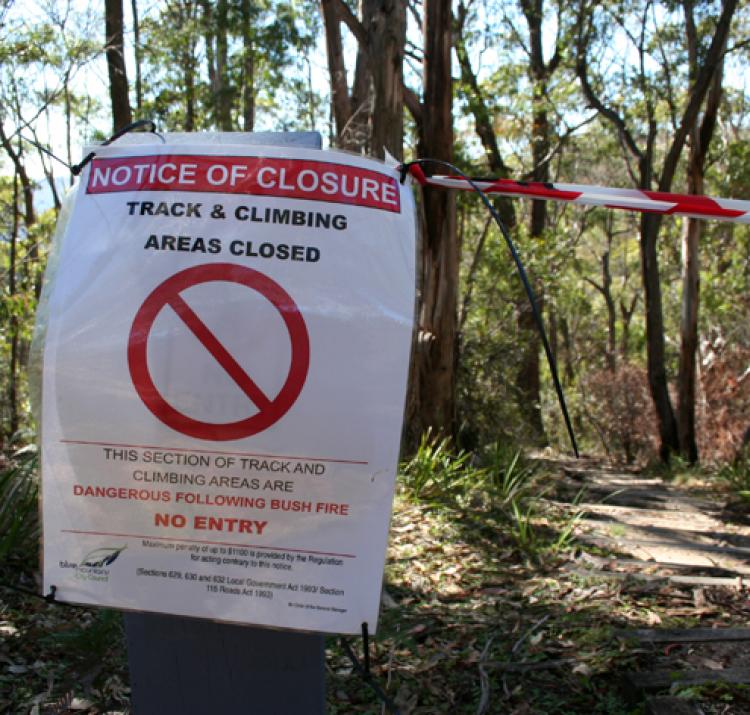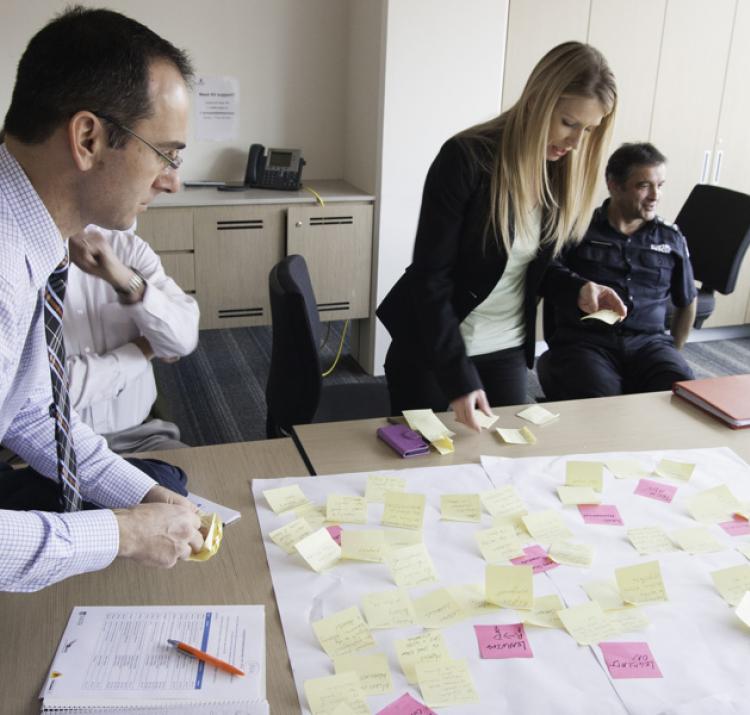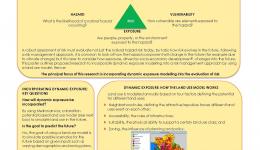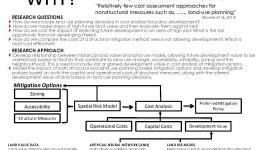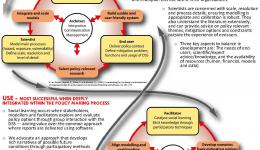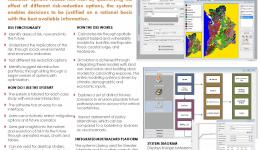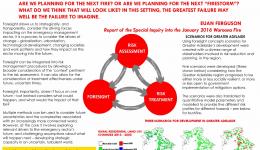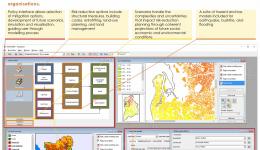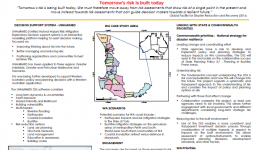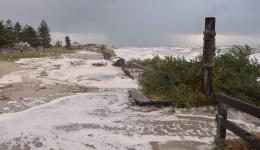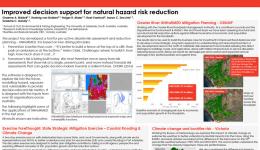Research leader
Research team
End User representatives
Student researchers
What if an earthquake hit central Adelaide? A major flood on the Yarra River through Melbourne? A bushfire on the slopes of Mount Wellington over Hobart?
‘What if?’ scenario modelling through this project is helping government, planning authorities and emergency service agencies think through the costs and consequences of various options on preparing for major disasters on their infrastructure and natural environments and how these might change into the future.
The research is based on the premise that to reduce both the risk and cost of natural hazards, an integrated approach is needed to consider multiple hazards and a range of mitigation options.
A case study for Adelaide and surrounding regions is now complete, while case studies for Melbourne and surrounding regions, along with Tasmania, are well developed. An additional case study in Western Australia is in the process of being scoped out.
Taking into account future changes in demographics, land use, economics and climate, the modelling will be able to analyse areas of risk both now and into the future, test risk reduction options, identify mitigation portfolios that provide the best outcomes for a given budget, and consider single or multiple types of risk reduction options, such as land use planning, structural measures and community education.
The results for greater Adelaide highlighted the variability in regional risk based on variability of the drivers into the future. They also showed the importance of effective planning of new regional developments to ensure a safer future. It is hoped that more integration of this scenario work can build strategic capacity across agencies in the understanding of future risk.
CRC partners, along with local governments, have been engaged in the entire process, from direction on the hazards to include and feedback on process, to advice on how the modelling will be used when complete and by whom.
The approach taken through this project is the only study that compares different natural hazards and their mitigation options, while also taking into account long term planning. The ultimate aim is to develop a decision support framework and software system that is sufficiently flexible to be applied to large and small cities around Australia, helping planners from local councils through to state treasury departments answer the vital question on mitigation options that balance cost and impact: ‘what is the best option for us?’ Training materials will be developed, along with courses for end-users to enable ongoing use of the system.
This project is an outstanding example of the collaborative process that the CRC is all about, and incorporates findings from other CRC work on recognising non-financial benefits of management and policy for natural hazards, for example, the economic, social and environmental benefits of prescribed burning, the vulnerability of buildings to hazards, such as how they can be made more resilient through cost-effective retro-fitting for improved safety, and the benefits and understanding of community resilience efforts like improved warnings, community engagement, education, volunteering and community resilience.

